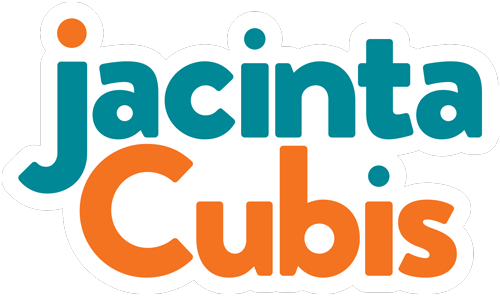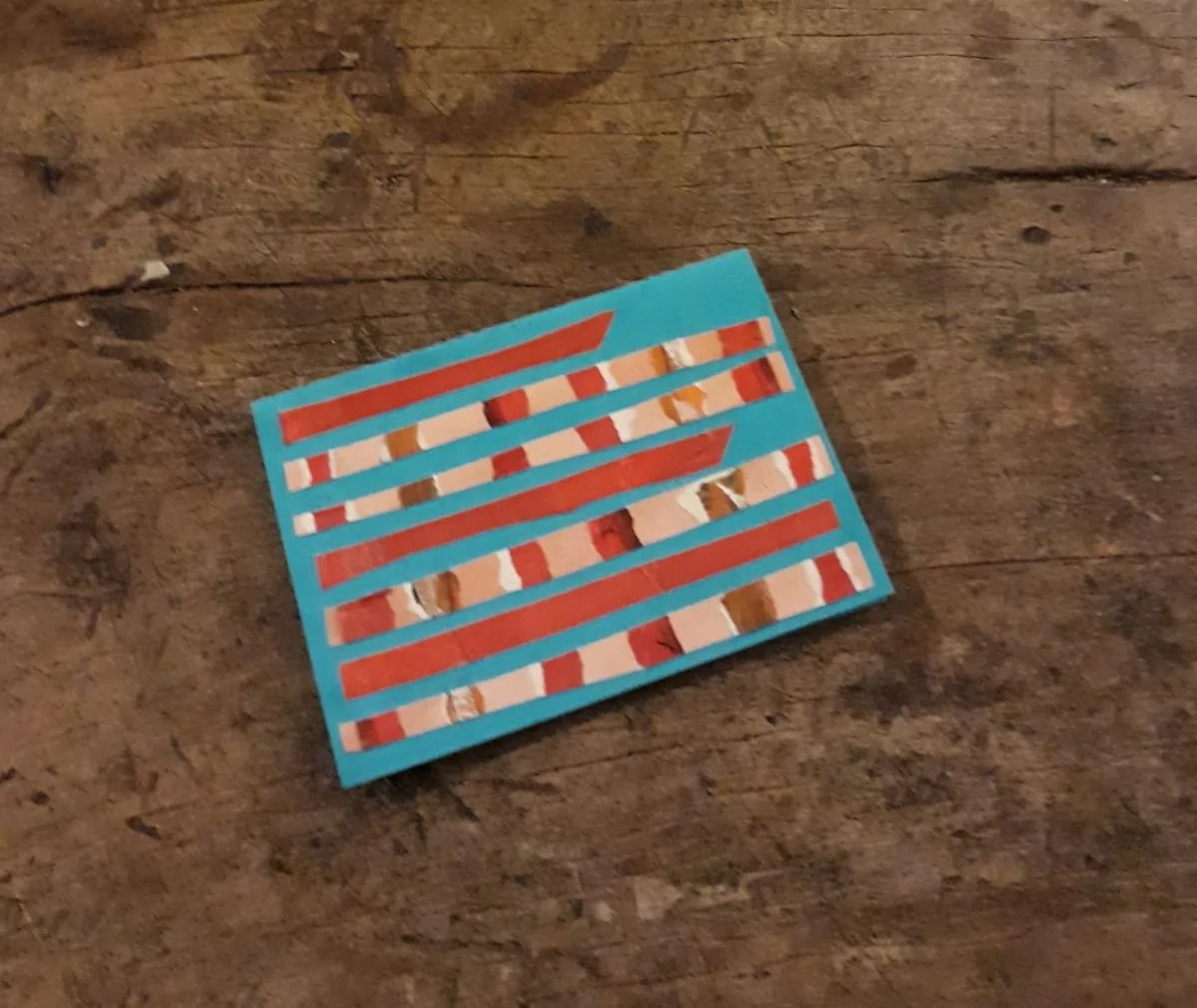Drawn to flaws
When was the last time you got a thank-you card?
Was it printed or penned by hand?
Did it feel different?
And if the card was home-made? Hand drawn?
And what is the point of these questions?
I’m playing with these questions in workshops. They help groups frame how they’ll work together.
Most of us prefer a home-made card to a mass-produced one. The drawing might be wonky, the ink smudged, but it’s real. And we’re drawn to that.
Just like we’re drawn to people when they bring their real selves to conversations — with all their quirks and imperfections. The conversation may not be smooth or perfect, but it will be (fl)awesome.
A regular reader, Alicia Ralph, reminded me of this after reading Osteria Imperfetta:
‘We pay more for real timber, with its knots and imperfections, than for laminate or veneer. We connect with the natural flaws in the wood, which reflect our own imperfections. That shared authenticity makes us appreciate both more deeply.’
Just as knots in timber add value, people’s quirks and honesty make conversations richer.
Like a home-made card or hand-crafted table, every workshop is a one-off, shaped by who’s in the room.
Thanks to Alicia, I’ve been spotting imperfect/perfect pairs everywhere:
🍅 Misshapen tomatoes from the garden / perfect ones from the supermarket
🍰 Home-made cake that stuck to the tin / picture-perfect one from the baker
👶🏻 Hand-knitted booties / factory-knitted ones
What other examples come to mind? I’m collecting sets to show how seeing and appreciating imperfection deepens connection in groups.
One of my home made cards on a flawed timber table
Thanks for reading this far.
Stay (fl)awesome!

